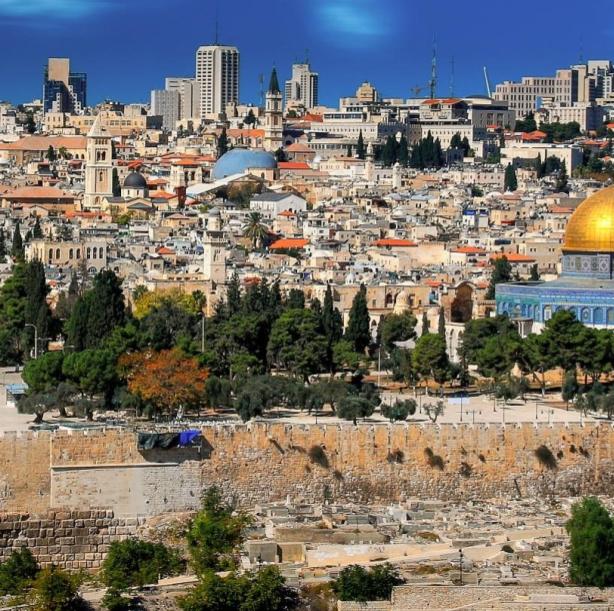Dr. Lihi Ben Shitrit’s first book “Righteous Transgressions: Women’s Activism on the Israeli and Palestinian Religious Right” was published by Princeton University Press in 2015. Although it was a monumental work in its own right, it generated questions for Ben Shitrit that she’s still working to answer.
While doing research for “Righteous Transgressions,” Ben Shitrit noticed how central the Temple Mount/Al-Haram Al-Sharif was becoming to the Israeli-Palestinian Conflict and wondered why. “It’s always been an intractable part of the conflict but it didn’t have the popular appeal that it does now on the religious right of both sides. [Temple Mount] is also seeping into mainstream culture, even people who aren’t religious fundamentalists, or even that religious are becoming attached to the site.”
Ben Shitrit thought that women’s involvement might be the answer but there wasn’t any previous writing on the subject, so she decided to investigate. “There just isn’t enough written about women’s participation in religious conflicts, so I’m trying to develop a theory that can be tested in other places.”
Ben Shitrit spent this past summer conducting interviews and doing archival research at the National Jewish Library in Jerusalem, collecting information for two new books. The book discussed here, “Women in the Holy City,” addresses gender and contested sacred spaces. Since 2015, she has been interviewing subjects from three women’s groups that play central roles in the politics of Temple Mount/Al-Haram Al-Sharif: Women for the Temple, the Murabitat, and Women of the Wall.
Ben Shitrit has found that the women use strategies to play on stereotypes people might have of them, to reach political goals. The women use their comforting, grandmotherly appearances to bring children and other people who wouldn’t normally go to the highly politicized religious sites, and help people in their communities build a connection to the site. They are able to get more people involved in the conflict by generating increased popular attachment to the contested site.
Dr. Ben Shitrit is hoping her upcoming book will help present some theories to explain how women get involved and participate in religious conflicts over sacred sites around the world by drawing on this case study of Jerusalem. She plans to have her manuscript completed by December of this year.
__
- Women for the Temple is an Orthodox Jewish group that wants to build a Jewish temple where the Al Aqsa Mosque sits.
- The Murabitat is an Orthodox Muslim group who are trying to prevent Jewish activists from being in their sacred space and trying to protect the Al Aqsa Mosque.
- Women of the Wall is a feminist Jewish group that is fighting against restrictive gender regulations at the Western Wall, next to the Al Aqsa Mosque, but as Ben Shitrit shows in her book, the group is also involved in the wider Israeli-Palestinian conflict.






